2019 Global Human Capital Trends has been saved

Article
2019 Global Human Capital Trends
Leading the social enterprise—Reinvent with a human focus
In last year’s Human Capital Trends Survey we saw the rise of “the social enterprise”. This is an organisation that combines its profit and growth with a focus on a positive and sustainable impact. This year, the survey reveals an extension of the concept of a Social Enterprise and sheds light on the importance of reinventing human capital processes - bringing meaning back into work using a humanistic focus, and helping individuals to understand their identity in the workforce.
Intensifying economic, social, and political disruption are forcing organisations to move beyond mission statements and social impact programs to putting humans at the centre of their business strategies. To reinvent with a human focus to benchmark and measure business decisions against their effect on people. So what are the 2019 Human Capital Trends? And how can UK businesses ensure they are prepared to respond to these challenges and also take advantage of the opportunities the Trends present? Explore our UK report to find out more.
Our global survey generated responses from more than 9,400 business and HR leaders across 119 countries, and revealed 10 Human Capital Trends for 2019, categorised into three actionable areas:
The first deals with the future of the workforce: how organisations should adapt to the forces restructuring job and work design, the open talent economy, and leadership.
The second deals with the future of the organisation: how teams, networks, and new approaches to rewards are driving business performance.
And the third deals with the future of HR: how the function is stepping up to the challenge of redesigning its capabilities, technologies, and focus to lead transformation in HR and across the enterprise.
Introducing the 2019 Human Capital Trends
The future of the workforce
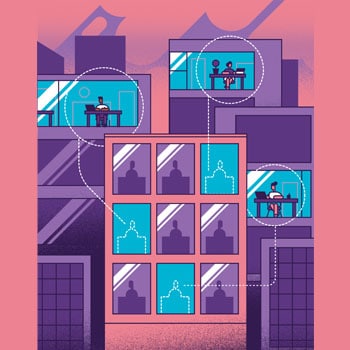 |
The alternative workforce: It’s now mainstream. |
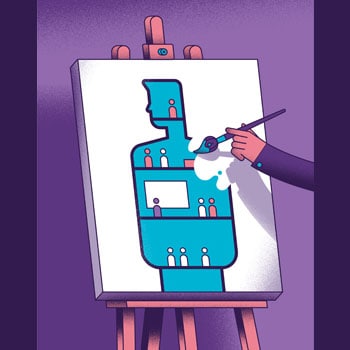 |
From jobs to superjobs. |
 |
Leadership for the 21st century: The intersection of the traditional and the new. |
The future of the organisation
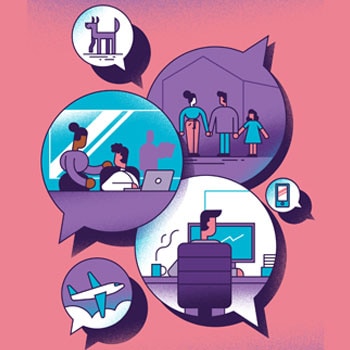 |
From employee experience to human experience: Putting meaning back into work. |
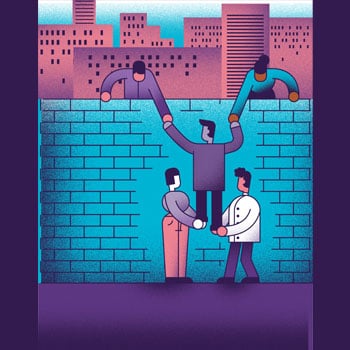 |
Organisational performance: It’s a team sport. |
 |
Rewards: Closing the gap. |
The future of HR
 |
Accessing talent: It’s more than acquisitions. |
 |
Learning in the flow of life. |
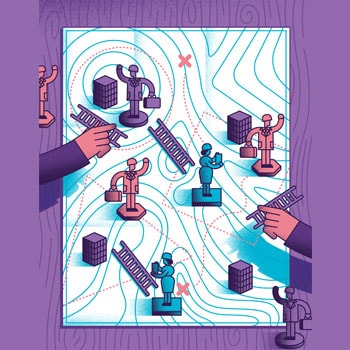 |
Talent mobility: Winning the war on the home front. |
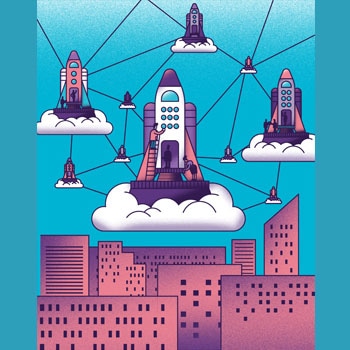 |
HR cloud: A launch pad, not a destination. |
Previous editions
2018
Read the report
2017
Read the report
2016
Read the report
2015
Read the report
Download a pdf of the global report
Download a pdf of the UK country report
This publication contains general information only and Deloitte is not, by means of this publication, rendering accounting, business, financial, investment, legal, tax, or other professional advice or services. This publication is not a substitute for such professional advice or services, nor should it be used as a basis for any decision or action that may affect your business. Before making any decision or taking any action that may affect your business, you should consult a qualified professional advisor. Deloitte shall not be responsible for any loss sustained by any person who relies on this publication.
Recommendations
2017 Human Capital Trends
Aerospace and Defence sector outlook



